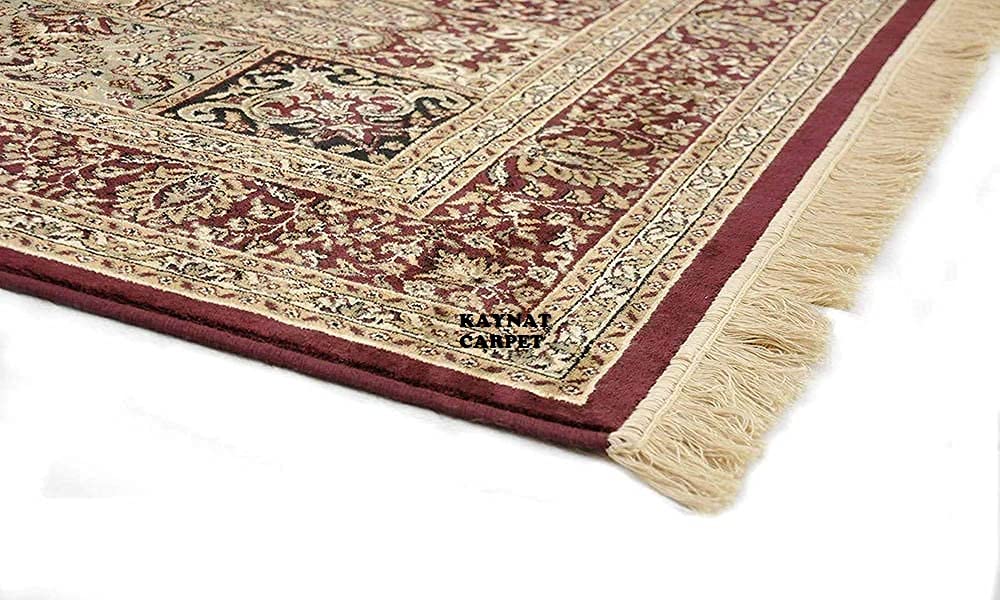- Quality: Look for a wool or silk rug that has been hand-knotted. Take a close look at the rug to make sure the knots are tight and even.
- Style: There are many different styles of Persian rugs, so think about what will look best in your home. Look for cities or tribal designs like those found in Hamedan, Isfahan, or Kerman.
- Size: Before you start shopping, take measurements of the area where you want to put the rug. You won’t buy a rug that is either too small or too big because of this.
- Color: Colors for Persian rugs range from muted pastels to vibrant jewel tones. When selecting a rug, keep in mind the colors in the rest of the room.
- Age: Although this is not always the case, older rugs are frequently thought to be more valuable. Ask the seller for proof of age if you’re looking for an antique.
Tips for Taking Care of a Persian Rug
- Clean it frequently: The best way to keep your Persian rug clean and looking its best is to vacuum it at least once a week. Use a low suction setting and make sure to move the vacuum in the direction of the natural nap of the rug.
- Expert cleaning services: Proficient Persian floor covering cleaning is suggested each several years. This will keep your rug looking new by removing any deep dirt and oils that have built up over time.
- Avoid direct sunlight: Your Persian rug may fade and become discolored in direct sunlight. Cover it with blinds or curtains to block the sun’s rays.
- Prevent moisture: Rug fibers can be damaged by moisture. Use a rug pad to prevent damage and assist in the absorption of moisture when using a rug in a wet area.
- Change things up often: Your Persian rug will wear more evenly and won’t become permanently distorted if you rotate it every few months.
- Surface cleaning: Spot cleaning your Persian rug with water and a mild soap is the best way to get rid of stains. Avoid rubbing the stain; Use a clean sponge or cloth to blot it.
Choosing the Right Persian Rug Layout
When selecting a Persian rug, the layout is one of the most important factors to take into account. There are many different designs for Persian rugs, each with its characteristics. The traditional medallion, the allover medallion, and the central medallion are the layouts that are most frequently used. A quick guide to help you choose the layout that is best for your room is provided below:
Medallion: A large central medallion is surrounded by a pattern of smaller motifs in the traditional medallion layout. In larger rooms, this layout is ideal for creating a grand and formal atmosphere. Allover: A continuous all-over pattern makes up the allover layout. Rooms that require a more relaxed or casual appearance are ideal for this layout.
Medallion in the Center: A large central medallion is surrounded by a pattern of larger motifs in the layout of the central medallion. For rooms that call for a little bit of drama, this layout is ideal. Persian rugs are a great way to give any room character and charm, no matter how you arrange them. They will undoubtedly become the focal point of any space thanks to their intricate designs, vibrant colors, and luxurious textures.
You may also like
-
Balcony maintenance – Owner vs. HOA responsibility
-
Unlocking Opportunities The Perfect Condo for Technical Education Enthusiasts – Chencharu Close Condo
-
Creative and Inspiring Easter Egg Design Ideas for Your Holiday Celebrations
-
How Does LASIK Eye Surgery Improve Vision for Sports Enthusiasts in College Station
-
How to Prevent Roots From Invading Your Sewer Line


